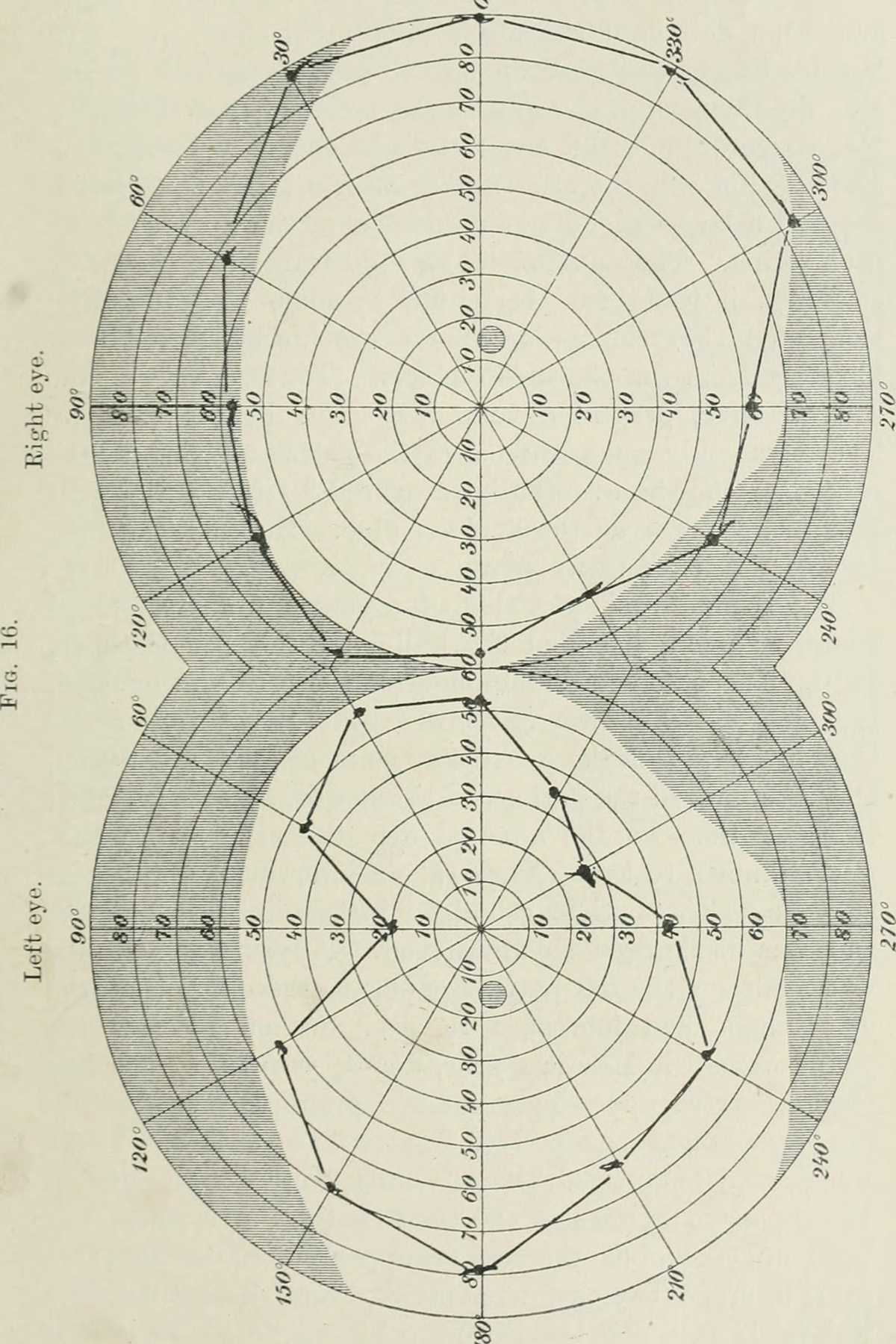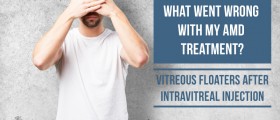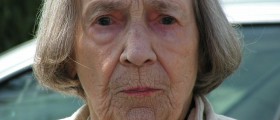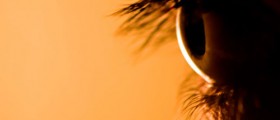
The unnatural position of the retina is called retinal detachment. The retina moves from the back of the eye and produces vision problems. This medical condition can be very serious and has to be treated immediately. The retina works in the following way. It communicates with the brain, sending pictures of the things we see. For this job, retinal cells are responsible. If any of these items is damaged, or its function impaired, the person will experience problems with vision. There is also a collagen gel which is found in the area between the lens and the retina. But since getting older means being more prone to diseases, older people will have problems when the vitreous detaches from the retina. This attachment is found in the back of the eye, but the problems occur when the detachment is made forcefully and retina is damaged. This detachment is not very harmful, but, in this kind of a situation, it can be. Liquid can penetrate through this tear. It can even lead to blindness. Some diseases can aid the development of this condition. These are glaucoma, nearsightedness, serious trauma, prior retinal detachments, or detachments in the family, prior cataract surgery and even weaken location on your retina. But all this can be monitored and detected if people would visit a specialist occasionally.
This condition usually affects middle aged or older people, but there are many cases when younger people are affected as well. One of the most common symptoms of retinal detachment is the gray curtain, which patients see moving in front of them, in their line of vision. The treatment will return the retina to its original position and this can be done by cryotherapy or laser surgery. There are many diverse cases, so there are also many diverse solutions and treatments. The doctor will examine you and give your condition appropriate treatment. In the pneumatic retinopexy, gas bubble is inserted and used to push the retina in the wanted position. This bubble will disappear eventually, but patients will have to hold the head in a certain position. Scleral buckle can also be used as a counterbalance to the force which moves the retina. After this, the fluid is drained and the retina can return to normal. If the gel bubble isn't disappearing or the vitreous gel needs to be eliminated, vitrectomy is performed. Wearing an eye patch after the surgery is needed. The success of the surgery depends on many reasons, such as the severity and maturity of the disease. There are several possible side effects from the operation. Bleeding, high eye pressure and infections are possible.

















Your thoughts on this
Loading...